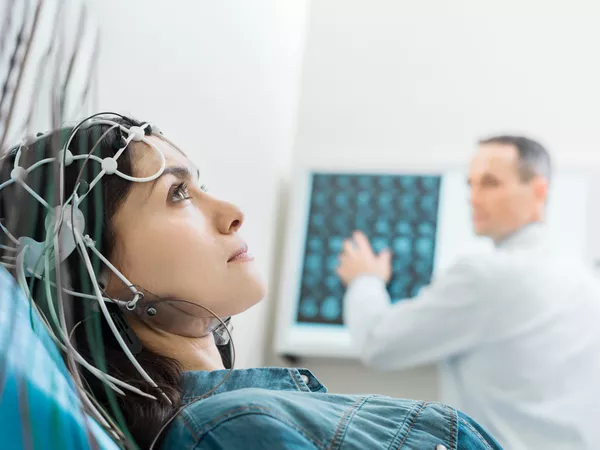EDITORIAL
Published on 17 May 2016
Editorial: Mechanisms of Innate Neuroprotection
doi 10.3389/fneur.2016.00080
- 1,645 views
- 1 citation
23k
Total downloads
96k
Total views and downloads
EDITORIAL
Published on 17 May 2016
REVIEW
Published on 10 Aug 2015
MINI REVIEW
Published on 30 Jun 2015
REVIEW
Published on 26 May 2015
PERSPECTIVE
Published on 20 May 2015
ORIGINAL RESEARCH
Published on 15 May 2015
REVIEW
Published on 29 Apr 2015
REVIEW
Published on 21 Apr 2015
REVIEW
Published on 08 Apr 2015
REVIEW
Published on 13 Mar 2015
ORIGINAL RESEARCH
Published on 10 Mar 2015
HYPOTHESIS AND THEORY
Published on 02 Mar 2015
